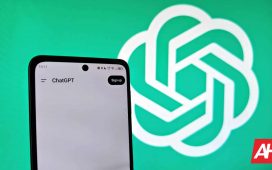Satellite telecommunications support is becoming standard on smartphones. As is normal with any new technology, users of flagship models are the first to enjoy it. Apple opened the floodgates with the launch of the iPhone 14 series, and Android brands, like Samsung and Google, have followed suit. Now, users of the Galaxy S24 series and Galaxy Z Fold 6 are seeing a satellite messaging feature on their devices.
Before the launch of the Galaxy S24 series, leaks said that Samsung would include satellite messaging capabilities. In the end, that didn’t happen, but it is coming to fruition some time later when the launch of the Galaxy S25 lineup is near. Users of the Galaxy S24 Plus, S24 Ultra, and even this year’s Galaxy Z Fold 6 already have the option available on their devices. However, for now, it only applies to T-Mobile customers.
Galaxy S24 series and Z Fold 6 users on T-Mobile’s network seeing a satellite messaging feature
T-Mobile and Starlink—one of Elon Musk’s companies—have been working since 2022 on a satellite network to offer telecommunications service even when there is no mobile signal available. The services available via satellite would start with SMS and calls, but the goal is to offer mobile data support in the near future as well.
Now, the mobile carrier is starting to test the service on the devices mentioned above. According to reports, the option to enable satellite messaging is available under Settings > Connections > Satellite Networks. It seems to have arrived quietly with the latest December security update for Galaxy devices.
Being a satellite-dependent feature, it will work best with a clear view of the sky. T-Mobile also warns that, depending on weather conditions and location, SMS messages may take more or less time to send. For example, it will not be the same to use the service on a sunny day than under heavy rain.
T-Mobile limited the initial testing of the service to the Galaxy S24 series and Galaxy Z Fold 6. However, the list is expected to include many more models once it becomes widely available. In fact, it’s possible that it will work with any LTE-enabled phone, which includes virtually any current device.












